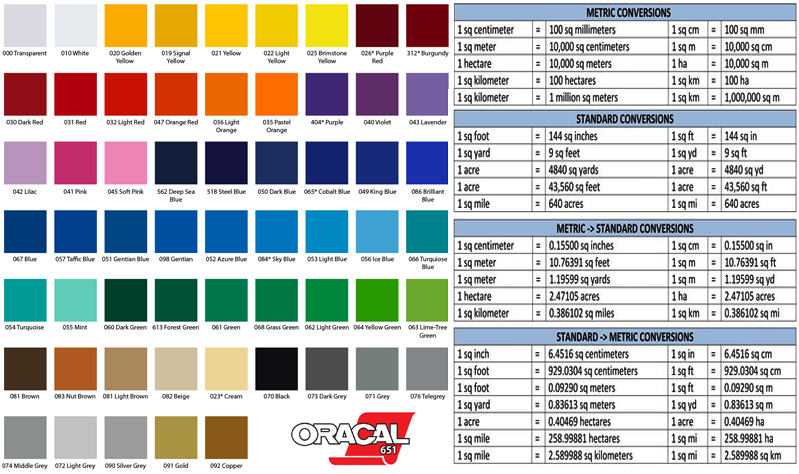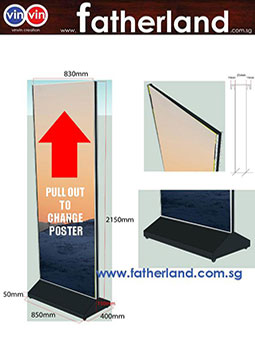Flat Straight Bracket for wood Join
Size : 100x30x2mm Blue Zinc Bracket
A flat straight bracket, also known as a mending plate or a straight brace, is a piece of flat metal with screw holes used to join two pieces of wood together. It provides reinforcement and stability to the joint.
Here's what you should know about flat straight brackets for wood joining:
Common Uses:
-
Reinforcing Butt Joints: Butt joints are simple but weak. Flat brackets can significantly strengthen them by spanning across the joint and being screwed into both pieces of wood.
-
Repairing Cracks: If a piece of wood is cracked, a flat bracket can be used to bridge the crack and hold the pieces together.
-
Joining Wood End-to-End or Edge-to-Edge: For creating longer or wider pieces of wood.
-
Furniture Repair: Mending wobbly or broken furniture parts like bed frames, tables, chairs, and cabinets.
-
Framing: Adding extra strength to picture frames or other light-duty frames.
-
DIY Projects: Useful in various woodworking and DIY projects where a strong, straight connection is needed.
Types and Materials:
-
Steel: The most common material, offering good strength and affordability. Different grades of steel are available, including heavy-duty options.
-
Stainless Steel: Offers excellent corrosion resistance, making it suitable for outdoor use or in damp environments.
-
Aluminum: Lightweight and rust-resistant, good for applications where weight is a concern.
-
Iron: Often used for a more rustic or industrial aesthetic.
-
Finishes: Available in various finishes like zinc-plated, black powder-coated, bronze, etc., for corrosion resistance and appearance.
Sizes and Dimensions:
- Flat brackets come in various lengths, widths, and thicknesses to suit different applications and the size of the wood being joined.
- The number and size of screw holes also vary.
Advantages of Using Flat Straight Brackets:
-
Simplicity: Easy to install with basic tools (screwdriver or drill).
-
Strength: Significantly increases the strength of simple joints like butt joints.
-
Discreetness: When installed on the underside or back of the wood, they can be relatively inconspicuous.
-
Versatility: Can be used in a wide range of woodworking projects.
-
Affordability: Generally inexpensive.
Disadvantages:
-
Aesthetics: When visible, they might not be the most aesthetically pleasing solution for fine woodworking.
-
Not Ideal for All Joints: For joints requiring high shear strength or specific joinery techniques (like dovetails or mortise and tenon), brackets might not be the best option.
Alternative Wood Joinery Techniques:
For stronger and often more aesthetically pleasing joints, consider traditional woodworking techniques like:
-
Dowel Joints: Using cylindrical pins to align and strengthen joints.
-
Biscuit Joints: Using oval-shaped compressed wood biscuits and glue for alignment and strength.
-
Pocket Hole Joints: Using angled screws hidden in a pocket hole.
-
Lap Joints: Overlapping two pieces of wood.
-
Mortise and Tenon Joints: A strong joint involving a projection (tenon) fitting into a recess (mortise).
-
Dovetail Joints: Interlocking wedge-shaped pins and tails for maximum strength.
When choosing to use a flat straight bracket, consider the load the joint will need to bear, the desired appearance, and the ease of installation. For heavy-duty applications or where aesthetics are critical, exploring traditional wood joinery techniques might be more suitable.
- Thank you for visiting www.fatherland.com.sg. For Retail Experience. Kindly visit our dealerÂ
-
For Bulk Wholesale and Project Purchase, kindly email to ilovefatherland@gmail.com for more detail.Â



























